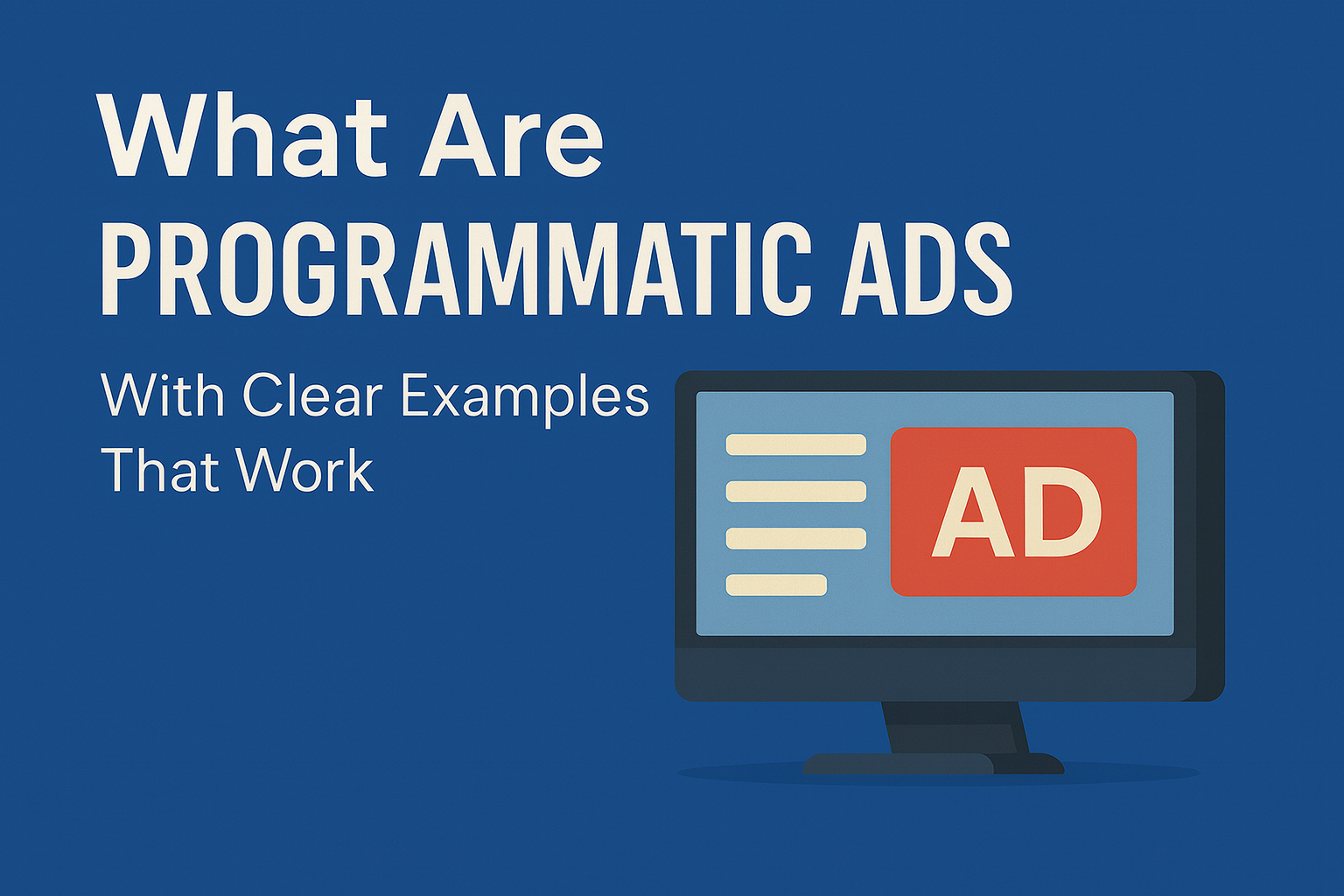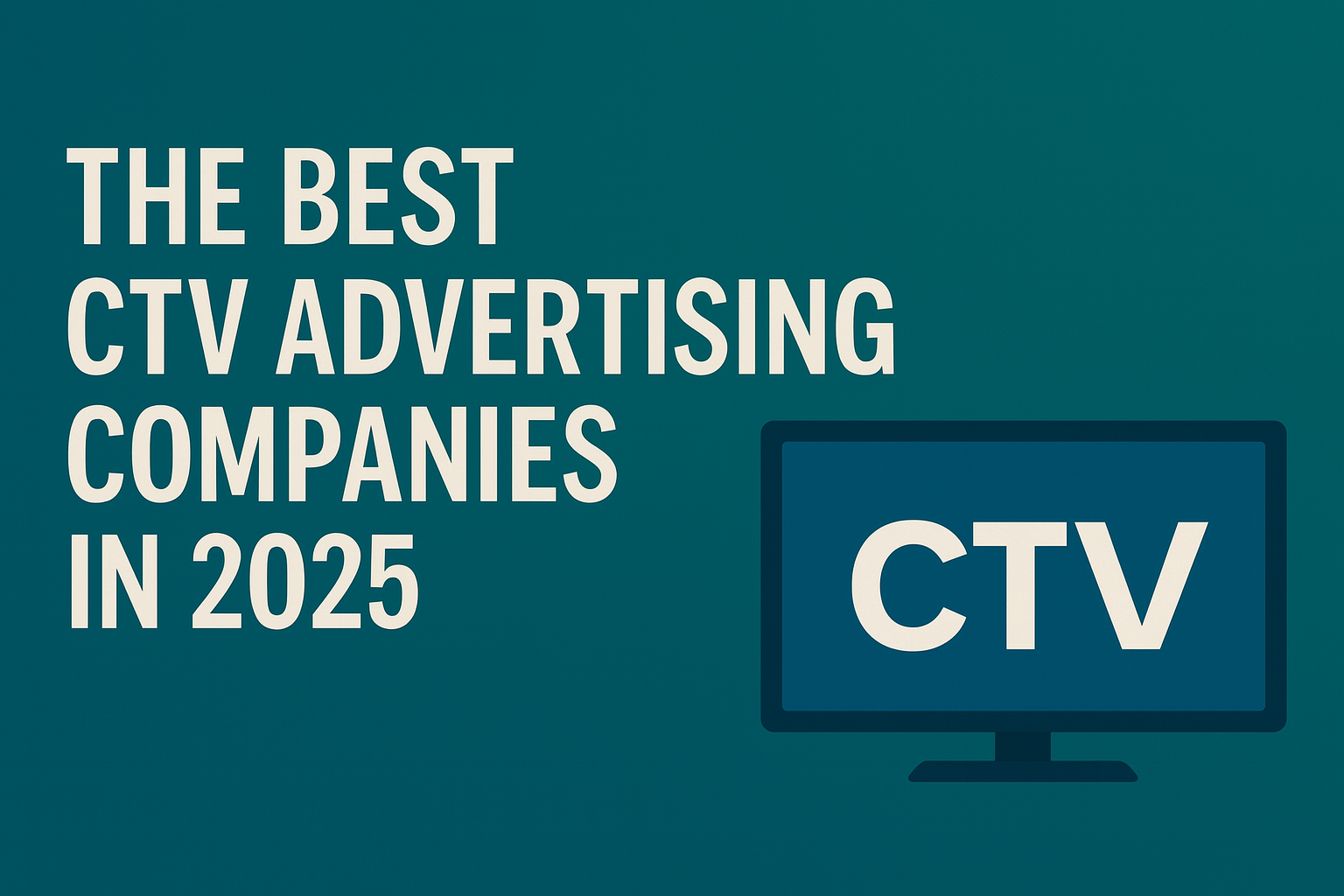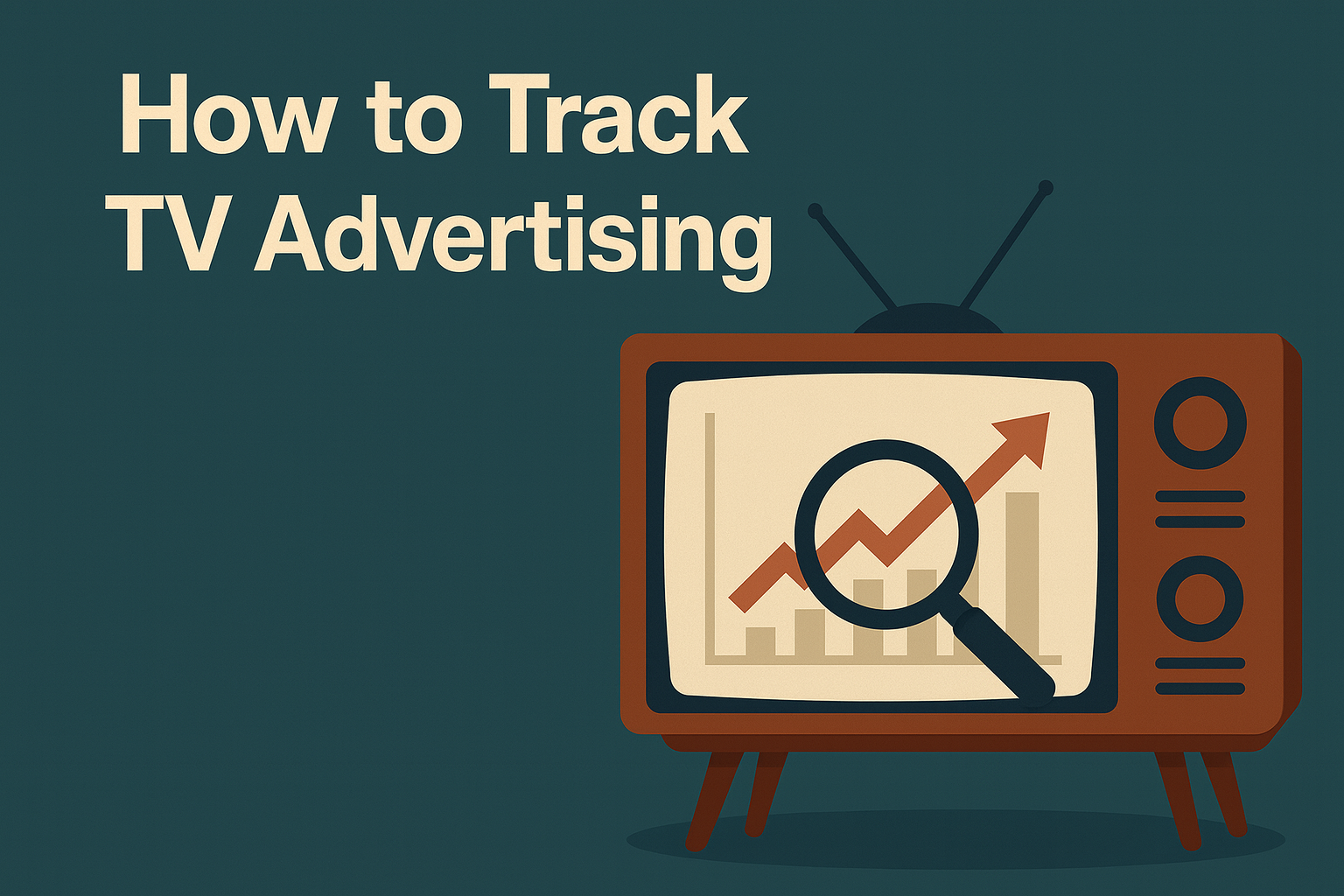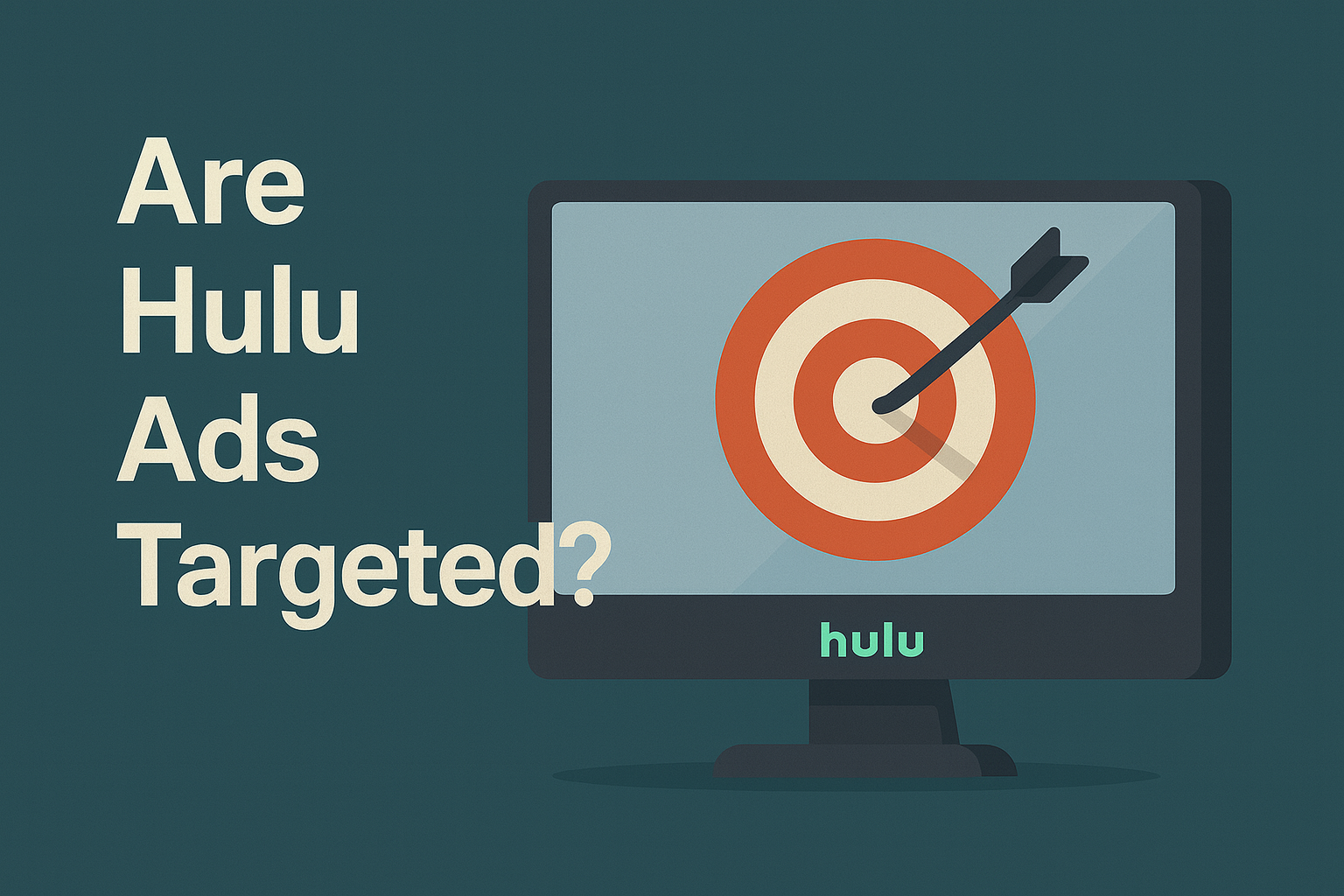TV advertising has evolved. It’s not just about commercials that play during breaks anymore. If you’ve ever watched a show and suddenly seen a character mention a product—or spotted a brand pop up on-screen during a scene—that’s a program ad. But what exactly does that mean?
Let’s break it down in plain terms.
What Are Program Ads? 🤔
Program ads are brand messages that appear within the actual TV program—not during the usual commercial breaks. They blend into the content instead of interrupting it.
These are also known as:
- In-program ads
- Sponsored content
- Brand integrations
- Product placements
Unlike standard commercials that air in between scenes, program ads live inside the show, movie, or segment itself.
How Program Ads Are Different from Regular TV Commercials 🆚
| Feature | Standard Commercials | Program Ads |
|---|---|---|
| Timing | During commercial breaks | Within the show or content itself |
| Format | Separate, 15–60 second ad spots | Blended into scenes or dialogue |
| Viewer Experience | Easy to skip or tune out | Feels natural and less intrusive |
| Impact | Direct sales message | Subtle brand awareness |
🔍 Example: Instead of showing a commercial for a clothing brand, a program ad might feature a character wearing the brand during a key scene.
Why Program Ads Work
- They’re harder to skip — They’re part of the content
- They feel more natural — Less like an ad, more like storytelling
- They boost recall — Viewers remember what characters wear, use, or say
What This Post Will Cover
Now that you know what program ads are, the rest of this post will:
- Show real program ads examples from TV and streaming
- Highlight what makes them work
- Help you decide if this strategy fits your brand
Whether you’re in fashion, tech, or any industry where visuals matter, program ads could be your next big move in TV advertising. Let’s explore the possibilities. 🚀
What Are Program Ads? 📺
Program ads are a unique type of TV advertising where the brand message is built into the show—not just tossed into a commercial break.
Instead of running a traditional 30-second ad between scenes, program ads appear during the content itself. They’re often more subtle, more engaging, and harder for viewers to ignore.
Key Features of Program Ads:
- 🧩 Embedded in the program – The ad is part of the story, not an interruption
- 🤝 Brand integration – A character might use a branded product, wear branded clothes, or mention a brand naturally in conversation
- 🎙️ Sponsorships or co-branded segments – For example, “This segment is brought to you by…” or a host casually promoting a brand during a cooking or fashion show
- 🌟 Feels natural – Viewers stay engaged because the content continues without a hard stop
Why It Matters
Traditional ads are easy to skip. Program ads are not. They blend into the content, making them a less disruptive and more authentic-feeling way to connect with audiences.
For brands focused on lifestyle, fashion, tech, or accessibility, program ads offer a creative way to show products in real-world situations—without breaking the flow of the show.
Types of Program Ads 🎬
Program ads come in several forms, each offering a different way for brands to show up inside a show—not just around it. Here’s a breakdown of the main types of program ads and how they work:
1. Sponsorships 🤝
A brand helps fund a TV program or segment and gets ongoing visibility in return.
- You’ll hear things like “Brought to you by…” before or during the show
- Logos may appear on screen during transitions or intros
- Often used in news, talk shows, or live events
📺 Example: A fashion brand sponsors a morning lifestyle segment about dressing for different body types.
2. Branded Content 🎥
This is custom-made content created with the advertiser.
- The segment is designed around the product or message
- It fits the tone and style of the show but delivers a brand message
- Works well in lifestyle, cooking, and DIY shows
📺 Example: A behind-the-scenes segment showing how a new line of adaptive clothing is made, featured during a style-focused reality show.
3. Product Placement 👜
This is the most common form of program ads—and often the most subtle.
- The product is shown naturally in the scene
- No voiceover, no “ad”—it’s just there
- Can be visual (logo on screen) or verbal (a character mentions it)
📺 Example: A character with limited mobility wears an easy-on jacket from an inclusive fashion brand during a scripted drama.
4. Co-Branded Promos 📣
Here, the TV network and the advertiser team up to promote both a show and a product at the same time.
- Shown during commercial breaks, but tied to the program’s theme
- Uses characters, scenes, or branding from the show
- Good for building hype around launches or special episodes
📺 Example: A promo where a clothing brand and a hit makeover show team up to reveal a new inclusive style line.
Each type of program ad offers a creative, less disruptive way to connect with audiences. They don’t just tell people what to buy—they show why it matters inside stories viewers already care about.
Program Ads Examples That Worked 📺✅
Want to see how program ads show up in real life? Here are some standout program ad examples that prove you don’t need a commercial break to make an impact.
1. Coca-Cola in American Idol 🥤🎤
Type: Visual Product Placement
The judges always had big red Coca-Cola cups on their desks. No one said a word about them, but the brand was in nearly every shot.
✅ Subtle
✅ Constant presence
✅ Zero interruption
2. Ford in New Girl 🚗🏙️
Type: Plot Integration
Characters drove Ford vehicles as part of the story—like when they picked up friends or went on trips. The cars were naturally part of the episode, not treated like ads.
✅ Blended into story
✅ Showed real-life use
✅ Felt natural
3. Lexus in The Blacklist 🕵️♂️🚘
Type: Seamless Product Placement
In this high-stakes drama, characters often drove Lexus vehicles. No spotlight, no pitch—just clean integration into scenes that matched the luxury feel of both the brand and the show.
✅ Stylish fit
✅ Consistent with tone
✅ Reinforced brand image
4. Subway in Community 🥪📚
Type: Humorous Brand Integration
Subway didn’t just show up—they became a character. Literally. A person in the show legally changed their name to “Subway” as part of the plot.
✅ Bold and funny
✅ Memorable
✅ Satirical but effective
5. Pepsi + NFL Halftime Shows 🏈🥤🎤
Type: Co-Branded Sponsorship
Pepsi sponsors the Super Bowl halftime show, and it’s branded from start to finish—on stage, in promos, on social media, and in commentary.
✅ Massive reach
✅ Co-branded visibility
✅ Multi-platform power
These program ads examples show how brands can blend into entertainment in smart, creative ways—without breaking the viewer experience. Whether it’s a subtle logo or a full character arc, the right approach makes a lasting impression.
Why Use Program Ads? 💡
With more viewers skipping traditional commercials, program ads offer a smarter, more audience-friendly way to advertise on TV. They don’t interrupt the show—they become part of it. Here’s why more brands are turning to this strategy:
1. Less Intrusive 🙌
Unlike standard ads that cut away from the show, program ads blend into the content. That means:
- No loud interruptions
- No jarring transitions
- Just a smoother viewing experience
When done right, viewers may not even realize they’re seeing an ad—and that’s the point.
2. Stronger Brand Association ❤️
When your brand appears in a show, it becomes part of the viewer’s favorite content.
- A character wears your adaptive fashion line
- A brand sponsors a heartfelt segment
- A product is shown helping someone solve a real-life challenge
That kind of exposure builds emotional connection and long-term loyalty.
3. Skips the Skips ⏩
Most viewers now use DVRs, streaming, or “skip ad” buttons. But program ads? You can’t skip what’s inside the show.
This helps brands:
- Get seen more consistently
- Stay top-of-mind
- Avoid wasted ad dollars
4. Built-In Storytelling 🧵
Program ads give brands a chance to tell their story in context.
- Show how a product works, not just tell
- Create a moment viewers remember
- Align your brand with themes that matter—like inclusion, accessibility, or innovation
Whether it’s a subtle visual or a full segment, program ads make marketing feel more like content—and less like a sales pitch.
Best Practices for Program Ads ✅
To get the most out of program ads, it’s not just about showing up—it’s about showing up right. Poor placement can feel forced or confusing, but when done well, program ads feel seamless and impactful. Here’s how to do it right:
1. Keep It Natural 🤐
The key to a great program ad? Don’t make it feel like an ad.
- Blend your brand into the story
- Avoid forced dialogue or awkward product shots
- Let the show’s tone guide how your brand appears
🎯 Goal: The brand should enhance the content—not interrupt it.
2. Match the Right Show 🎭
Your product should feel like it belongs in the program. That means choosing shows that:
- Reflect your brand values
- Attract your target audience
- Match your visual and emotional tone
👕 Example: An inclusive fashion brand would work better in a reality makeover show or a family drama—not a high-stakes action thriller.
3. Measure the Impact 📊
While program ads aren’t always as trackable as digital clicks, you can still measure their effect:
- Use brand lift studies
- Track social media mentions and reactions
- Run recall surveys to see if viewers remember your brand later
- Use promo codes or custom URLs to link exposure to results
📈 Tip: Combine program ads with a digital campaign to reinforce the message and gather more data.
Done right, program ads feel effortless—and that’s what makes them powerful. By being intentional, relevant, and audience-aware, you can turn background placement into front-of-mind impact.
Conclusion: Program Ads That Stick 🎯
Program ads are advertising messages placed inside the show—not around it. They show up as product placements, branded segments, sponsorships, or co-branded promos, blending in with the content viewers already love.
We looked at real program ads examples like:
- Coca-Cola’s cups on American Idol
- Ford cars driving through New Girl
- Lexus vehicles on The Blacklist
- Subway becoming a character in Community
- Pepsi owning the Super Bowl halftime show
Each one shows how brands can become part of the story—not a break from it.
👉 Final thought: When done right, program ads are more than ads—they’re moments. They feel natural, connect emotionally, and stick with the audience long after the show ends. For brands that want attention without interruption, program ads are a smart, memorable choice.
FAQs: Understanding Program Ads on TV 📺❓
Got questions about program ads and how they work? Here are 10 quick answers to help you understand this powerful advertising strategy.
1. What are program ads?
Program ads are brand messages placed inside a TV show or segment, instead of during commercial breaks. They include things like product placement, sponsorships, and branded content.
2. How are program ads different from regular commercials?
Regular commercials run in separate ad breaks. Program ads appear within the show—blending into scenes, dialogue, or segments for a more natural viewer experience.
3. Are program ads the same as product placement?
Product placement is one type of program ad. Other types include branded content, co-branded promos, and sponsorships that are tied directly to the show.
4. What are some popular program ads examples?
- Coca-Cola on American Idol (branded cups)
- Ford cars in New Girl
- Lexus in The Blacklist
- Subway in Community
- Pepsi halftime shows during NFL broadcasts
These all show how brands can become part of the story.
5. Do viewers like program ads?
Yes—when done well. Because they don’t interrupt the show and feel more natural, viewers are less likely to skip or tune them out.
6. Can small brands use program ads, or is it only for big companies?
While national integrations can be pricey, local sponsorships or regional program ads (like on public TV or morning segments) can be more affordable for smaller brands.
7. How can I make my program ad feel natural?
- Choose shows that align with your brand
- Avoid forced or obvious product placement
- Work closely with the producers to ensure it fits the tone and story
8. Are program ads effective for brand recall?
Yes. Because the ad is part of the content, viewers are more likely to remember the product—especially when it’s tied to characters or emotional moments.
9. Can program ads be used in streaming shows too?
Absolutely. Many streaming platforms now include brand integrations and sponsored segments in original content. The format is flexible and growing.
10. What’s the main advantage of using program ads?
They’re less disruptive, more memorable, and harder to skip than traditional commercials—making them a smart choice for brands that want to connect with viewers on a deeper level.





3 Responses
I learned that program ads are more natural in shows. They help brands connect with viewers without being annoying, which is nice!
This article explains program ads well. I didn’t know they are part of the show. It’s interesting how they don’t interrupt like regular commercials.
Wow, I never knew ads could be so interesting! I love how program ads fit right into the show. It makes watching TV more fun and less annoying!